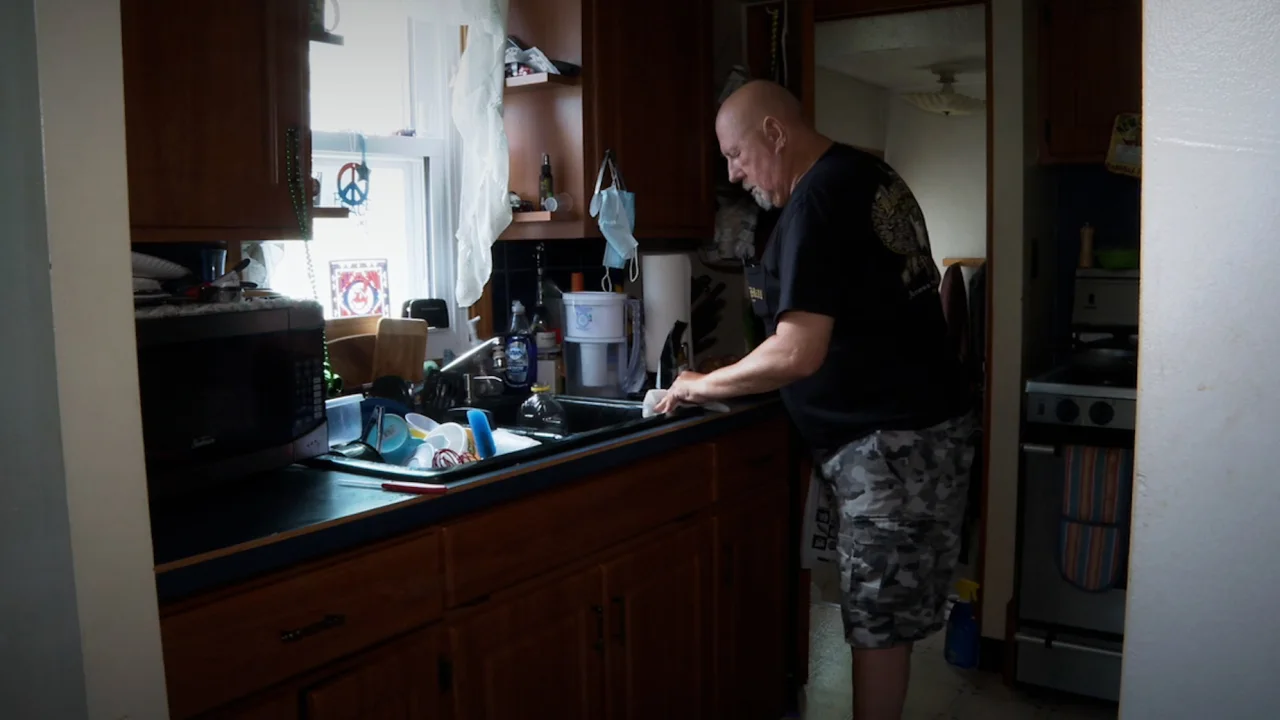Stroke survivor Stan Nicholas, a former musician, lost his ability to play the guitar and perform after suffering a stroke in 2017. Despite undergoing months of physical and occupational therapy, he was left with limited physical abilities and mobility. However, a groundbreaking experimental procedure involving deep brain stimulation has offered hope for him and others with similar disabilities. The procedure has shown promising results in restoring lost physical functions caused by strokes, offering a potential avenue for stroke survivors to regain their independence.
Background on Stroke
Stroke is a leading cause of both mortality and disability in the United States. Physical and occupational therapy are standard methods to aid in recovery, but they may not fully restore lost functions. Stroke can lead to the death of brain cells in affected areas, causing irreversible damage to physical abilities.
Deep Brain Stimulation Procedure
Stan Nicholas volunteered for an experimental procedure involving deep brain stimulation. Doctors implanted an electrode in a specific area of his brain known as the dentate nucleus. This part of the brain plays a crucial role in balance, walking, and hand movements. The electrode was connected to a device implanted in Nicholas’s chest that produced electrical impulses to stimulate the brain.
Positive Results
Following the procedure and subsequent physical therapy, Nicholas experienced significant improvements in his physical abilities. He regained movement in his left hand and arm, allowing him to perform daily tasks more easily. His overall improvement was substantial, far exceeding doctors’ expectations. The deep brain stimulation procedure, when combined with physical therapy, showed the potential to help stroke survivors regain lost functions and lead more independent lives.
Implications
The success of the deep brain stimulation procedure offers hope for stroke survivor who face disability and limited physical abilities. While the procedure is still experimental, the results suggest that it could become a standard treatment option in the future. The combination of advanced medical techniques and rehabilitation therapies could significantly improve the quality of life for many stroke survivors, helping them regain their independence and functional abilities.
Conclusion
The deep brain stimulation procedure’s positive impact on Stan Nicholas’s recovery showcases its potential to revolutionize stroke rehabilitation. This groundbreaking approach has the potential to transform hope into a viable treatment option, providing a new lease on life for stroke survivors. The procedure’s success highlights the ongoing advancements in medical science that aim to improve the lives of individuals facing various health challenges.
